Home>Garden Essentials>When To Plant Orange Seeds


Garden Essentials
When To Plant Orange Seeds
Modified: March 15, 2024
Looking to start a garden? Learn when and how to plant orange seeds to kickstart your garden and enjoy the sweet rewards of homegrown oranges.
(Many of the links in this article redirect to a specific reviewed product. Your purchase of these products through affiliate links helps to generate commission for Storables.com, at no extra cost. Learn more)
Introduction
Gardening can be a rewarding and enjoyable hobby for many people. Whether you have a spacious backyard or a small balcony, growing plants can bring beauty and a sense of accomplishment to your space. If you’re looking to add a touch of freshness and vibrancy to your garden or home, planting orange seeds might be just the thing for you.
Oranges are not only delicious, but they also offer a wealth of health benefits. Packed with vitamin C and antioxidants, these citrus fruits can boost your immune system and promote overall well-being. Plus, there’s something incredibly satisfying about being able to pick your own juicy oranges straight from the tree.
In this article, we’ll walk you through the process of planting orange seeds and provide you with some helpful tips. From selecting the right seeds to caring for your seedlings, we’ll cover everything you need to know to get started on your orange-growing journey.
But first, let’s talk about finding the right seeds.
Key Takeaways:
- Planting orange seeds requires high-quality seeds, proper preparation, and a suitable location with ample sunlight. Care for the seedlings diligently to enjoy the bountiful harvest of homegrown oranges.
- Transplant seedlings at the right time, provide proper care, and enjoy the joy of seeing your orange trees thrive and produce luscious fruits. Happy planting and may your orange trees flourish!
Read more: How To Plant Orange Seeds
Selecting the Right Seeds
When it comes to planting orange seeds, it’s essential to start with high-quality seeds. While you can purchase seeds from a nursery or online, another option is to collect seeds directly from fresh oranges.
When selecting seeds from a fresh orange, look for fully ripened fruit. The mature and healthy oranges will likely contain viable seeds that have a higher chance of germination. Avoid using seeds from overripe or damaged fruit, as they may not produce viable seedlings.
If you prefer to purchase seeds, make sure to choose a reputable source. Look for seeds that are specifically labeled as suitable for your climate or region. Different varieties of oranges have specific growing requirements, so check the seed packet or consult with a local gardening expert to ensure the seeds you choose are the right fit for your area.
Additionally, consider whether you want to grow oranges from regular seeds or from dwarf variety seeds. Regular orange seeds will typically produce full-size trees that can reach heights of up to 20 feet or more. On the other hand, dwarf variety seeds will result in smaller trees that are more manageable, making them ideal for smaller spaces or container gardening.
Once you have selected your seeds, it’s time to prepare them for planting.
Preparing the Seeds for Planting
Before you can plant the orange seeds, it’s important to properly prepare them to optimize their chances of germination. Here are some steps to follow:
- Wash the seeds: Start by washing the seeds thoroughly to remove any pulp or residue. Gently scrub them under running water to ensure they are clean.
- Soak the seeds: To increase the likelihood of successful germination, it’s beneficial to soak the orange seeds in water overnight. This step helps to soften the seed coat and improve moisture absorption.
- Scarify the seeds: Some orange seeds have a hard outer coating that can hinder germination. To overcome this, you can carefully nick or scarify the seed coat using a small knife or sandpaper. This will create tiny openings through which moisture can penetrate more easily.
- Stratify (optional): Stratification is a process of exposing seeds to a period of cold or moist conditions to break seed dormancy. While not always necessary for orange seeds, it can sometimes improve germination rates. To stratify the seeds, place them in a damp paper towel or ziplock bag and refrigerate them for a few weeks before planting.
By following these preparation steps, you provide the seeds with optimal conditions to kick-start the germination process. Once your seeds are ready, it’s time to choose the right location for planting.
Choosing the Proper Location
Choosing the right location for planting your orange seeds is crucial for their successful growth. Here are some factors to consider when selecting the proper location:
- Sunlight: Oranges thrive in full sun, so choose a location that receives at least 6 to 8 hours of direct sunlight each day. This will ensure optimal photosynthesis and fruit production.
- Soil Quality: Orange trees prefer well-draining soil that is rich in organic matter. Avoid areas with heavy clay soil or locations prone to waterlogging. If your soil is heavy, consider amending it with compost or sand to improve drainage.
- Space: Consider the space availability in your garden. Orange trees can grow quite large, so make sure you have enough room for the tree to spread its branches and develop properly. If you’re limited on space, consider growing a dwarf variety or opting for container gardening.
- Protection from Wind: Strong winds can damage orange trees, so choose a location that offers some protection, such as near a wall or within a windbreak. This will help prevent tree damage and ensure healthy growth.
Once you have identified the ideal location, it’s time to move on to the next step – planting the orange seeds.
Planting the Orange Seeds
Now that you have prepared your orange seeds and chosen the proper location, it’s time to plant them. Here’s how:
- Prepare the planting area: Clear the planting area of any weeds or debris. Loosen the soil with a garden fork or tiller to ensure good soil aeration and proper root penetration.
- Dig a hole: Dig a hole that is about twice as deep as the length of the seed and wide enough to accommodate the seed with some room to spare.
- Plant the seeds: Place the orange seed in the hole with the pointed end facing downwards. Cover the seed with soil, gently firming it around the seed to provide good soil-to-seed contact.
- Water the seeds: After planting, thoroughly water the seeds to settle the soil and provide the necessary moisture for germination. Avoid overwatering, as excessive moisture can lead to rotting.
- Label and protect: It’s a good idea to label the planting area with the seed variety or date to keep track of your plantings. Additionally, consider protecting the freshly planted seeds from birds or pests using a net or mesh cover.
Remember to provide regular watering to keep the soil moist but not waterlogged. Be patient, as germination can take anywhere from a few weeks to a few months, depending on the specific variety and growing conditions.
As your orange seeds start to germinate and grow into seedlings, it’s important to provide them with the care and maintenance they need to thrive. Let’s explore some essential tips for caring for your growing orange plants.
Plant orange seeds in the spring, after the last frost. Choose a sunny spot with well-draining soil. Keep the seeds moist and watch for sprouts in 2-3 weeks.
Read more: When To Plant Seeds For Garden
Providing Care and Maintenance
Once your orange seeds have germinated and transformed into seedlings, it’s important to provide them with proper care and maintenance to ensure healthy growth. Here are some essential tips:
- Watering: Orange trees require regular watering, especially during dry periods. Keep the soil consistently moist but not waterlogged. Aim for deeper, infrequent waterings rather than shallow and frequent ones. Water at the base of the tree to avoid wetting the foliage, as this can promote disease.
- Fertilization: Feed your orange trees with a balanced citrus fertilizer. Apply the fertilizer according to the manufacturer’s instructions, typically in early spring and late summer. Avoid over-fertilizing, as this can lead to excessive foliage growth at the expense of fruit production.
- Pruning: Pruning is essential to shape your orange tree, remove dead or diseased branches, and promote optimal air circulation. Prune during the dormant season and avoid excessive pruning during the growing season, as this can reduce fruit production.
- Weed Control: Keep the area around your orange tree free from weeds, as they can compete for nutrients and water. Mulching around the base of the tree can help suppress weeds and retain moisture in the soil.
- Pest and Disease Management: Monitor your orange tree regularly for any signs of pests or diseases. Common pests include citrus aphids, scale insects, and citrus leaf miners. Treat any infestations promptly using organic or chemical controls. Additionally, keep an eye out for diseases like citrus canker or citrus greening and take appropriate measures to prevent or manage them.
- Protection from Frost: If you live in an area prone to frost, take appropriate measures to protect your orange tree during cold winter months. Cover the tree with frost blankets or bring potted trees indoors to a sheltered area.
By providing proper care and maintenance, you will give your orange trees the best chance to thrive and produce abundant and healthy fruit. Now, let’s talk about the germination period and when you can expect to see your orange seeds sprout.
When to Expect Germination
Germination is an exciting stage in the growth of your orange seeds. While germination times can vary depending on the specific variety and growing conditions, here’s a general timeline to give you an idea of when to expect sprouting:
After planting your orange seeds, you can typically expect to see signs of germination within 2 to 8 weeks. However, it’s important to note that some seeds may take longer, so patience is key.
Factors like temperature, moisture levels, and seed quality can impact germination time. Orange seeds tend to germinate best when the soil temperature is between 70-85°F (21-29°C), so maintaining a warm and consistent environment will help speed up the germination process.
Keep in mind that not all seeds may germinate, as there can be natural variations in viability. But with proper care and following the preparation and planting tips mentioned earlier, you increase your chances of successful germination.
As the germination period progresses, you will start to see small sprouts emerge from the soil. These delicate seedlings will eventually grow into young orange trees. Be sure to continue providing them with the care and maintenance they need to support their growth.
Now that your orange seeds have sprouted and are growing, it’s important to consider the next step in their journey – transplanting the seedlings.
Transplanting the Seedlings
Once your orange seedlings have grown to a size where they have developed a few sets of true leaves and are strong enough to handle transplanting, it’s time to carefully move them to their permanent growing location. Transplanting the seedlings allows them to have more space for their roots to establish and encourages further growth. Here are the steps to transplant your orange seedlings:
- Choose the right time: It’s best to transplant your orange seedlings when the risk of frost has passed and the weather conditions are favorable for their growth. Aim to transplant them in the spring, after all danger of freezing temperatures has diminished.
- Prepare the new growing area: Select a well-draining location with full sun exposure. Clear the area of any weeds or grass and loosen the soil to ensure the roots can penetrate easily.
- Dig a hole: Dig a hole that is slightly larger and deeper than the root ball of the seedling. Make sure the hole is wide enough to accommodate the roots without bending or crowding them.
- Gently remove the seedlings: Carefully remove the seedlings from their current pots or containers. To avoid damaging the delicate roots, gently squeeze the sides of the container or use a small tool to loosen the soil around the edges.
- Place the seedlings in the hole: Position the seedlings in the hole, making sure they are at the same level as they were in their original containers. Avoid burying the stem too deeply, as this can lead to stem rot.
- Backfill the hole: Fill the hole with soil, gently firming it around the roots to eliminate any air pockets. Water the seedlings immediately after transplanting to help settle the soil and provide hydration.
- Mulch and provide support: Apply a layer of organic mulch, such as wood chips or straw, around the base of the seedlings. This will help conserve moisture and suppress weed growth. If necessary, provide support to the seedlings with stakes or garden ties to keep them upright.
After transplanting, continue to provide regular watering as the seedlings establish themselves in their new location. Monitor their growth and adjust watering and care practices accordingly to support healthy development.
With proper care and attention, your orange seedlings will continue to grow into robust trees. Before you know it, you’ll be enjoying the fruits of your labor and relishing in the joy of homegrown oranges.
Your journey to growing oranges from seeds is an exciting and rewarding one. By following the steps outlined in this article, you’ll be well on your way to creating your citrus oasis and enjoying the bountiful harvest in the future. Happy planting!
To validate that the output is valid HTML encoding.
Conclusion
Growing orange trees from seeds is a fulfilling and satisfying endeavor that allows you to experience the magic of nature firsthand. With the right seeds, proper preparation, suitable location, and attentive care, you can cultivate your own orange grove and enjoy the luscious and nutritious fruits that it will bear.
Remember to select high-quality seeds or collect them from ripe, healthy oranges. Prepare the seeds by washing, soaking, scarifying, and optionally stratifying them. Choose a location with ample sunlight, well-draining soil, and protection from wind. Plant the seeds at the correct depth, label the area, and provide water and protection.
Once the seeds sprout and develop into seedlings, it’s important to provide diligent care. Ensure adequate watering, fertilization, pruning, and pest control. Protect the seedlings from frost, and maintain a weed-free environment.
As your seedlings grow, it will be time to transplant them to their permanent spot. Choose the right time, prepare the new planting area, gently remove the seedlings, place them at the proper depth, backfill the hole, and provide support and mulch.
Throughout the process, patience, observation, and love for gardening will reward you with the joy of seeing your orange trees thrive and produce bountiful fruits.
Whether you have a sprawling garden or a small balcony, growing oranges from seeds can bring a touch of nature’s beauty right to your doorstep. So, roll up your sleeves, dig into the process, and embark on this delightful journey of planting orange seeds. Enjoy the process, and soon enough, you’ll be reaping the sweet rewards of your own homegrown oranges.
Now that you have all the knowledge and guidance to get started, it’s time to put your green thumb to work. Happy planting and may your orange trees flourish!
Frequently Asked Questions about When To Plant Orange Seeds
Was this page helpful?
At Storables.com, we guarantee accurate and reliable information. Our content, validated by Expert Board Contributors, is crafted following stringent Editorial Policies. We're committed to providing you with well-researched, expert-backed insights for all your informational needs.









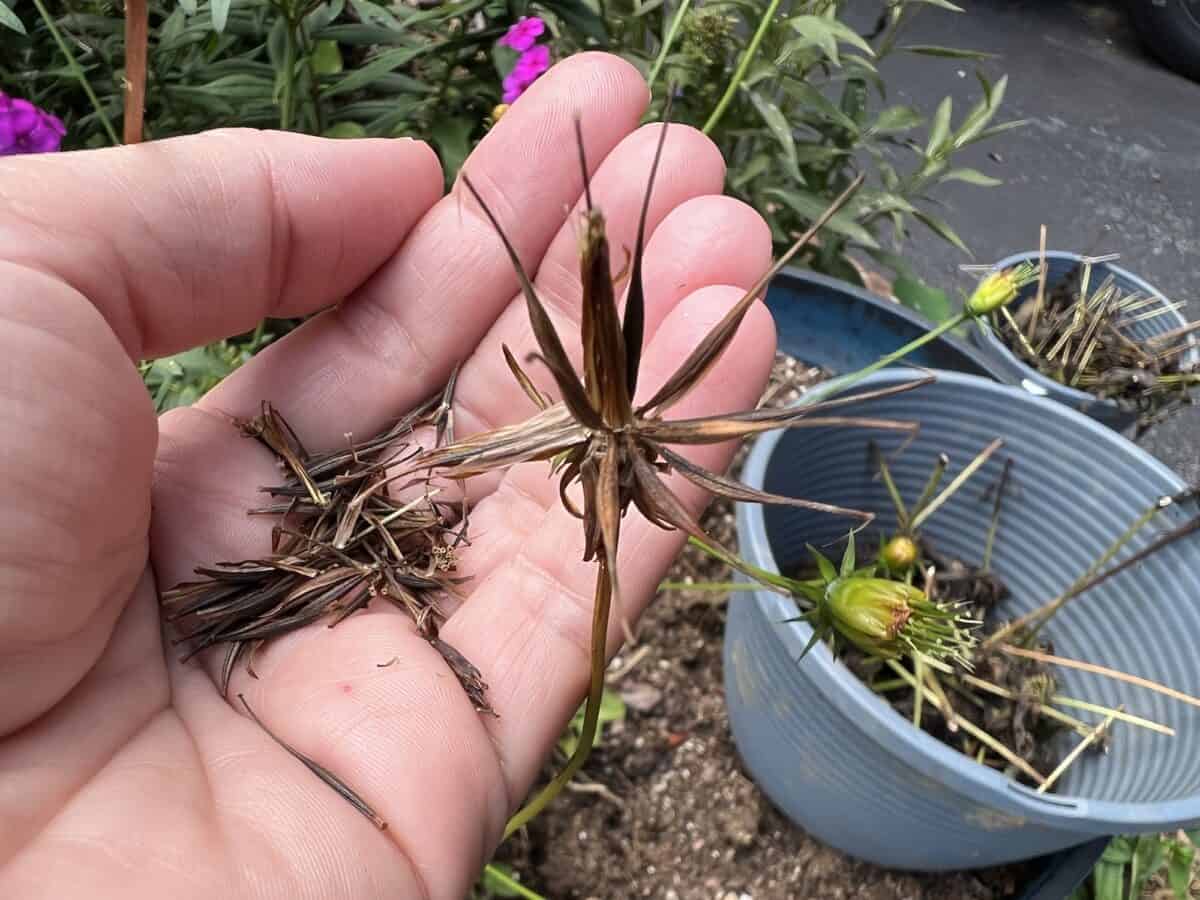
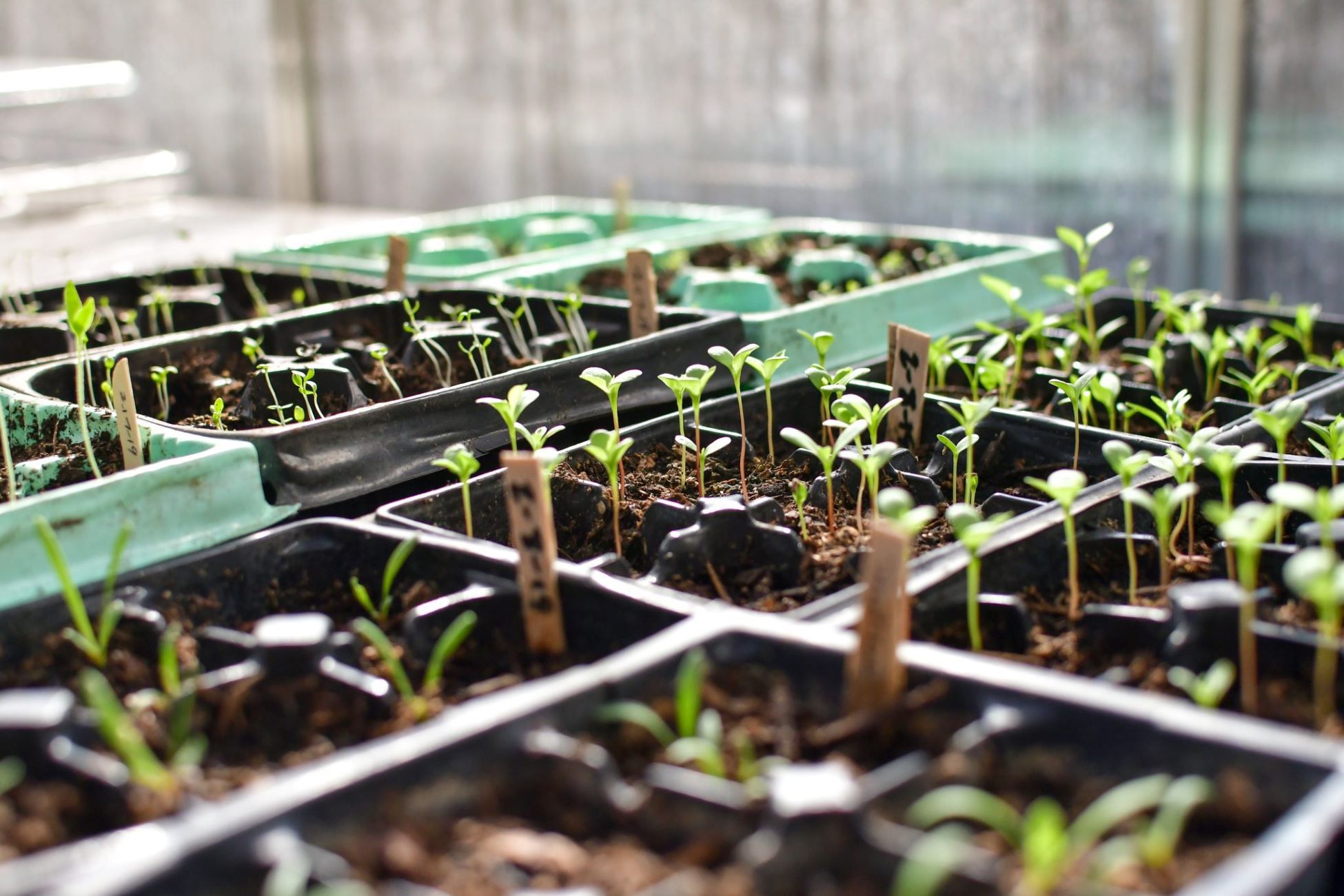
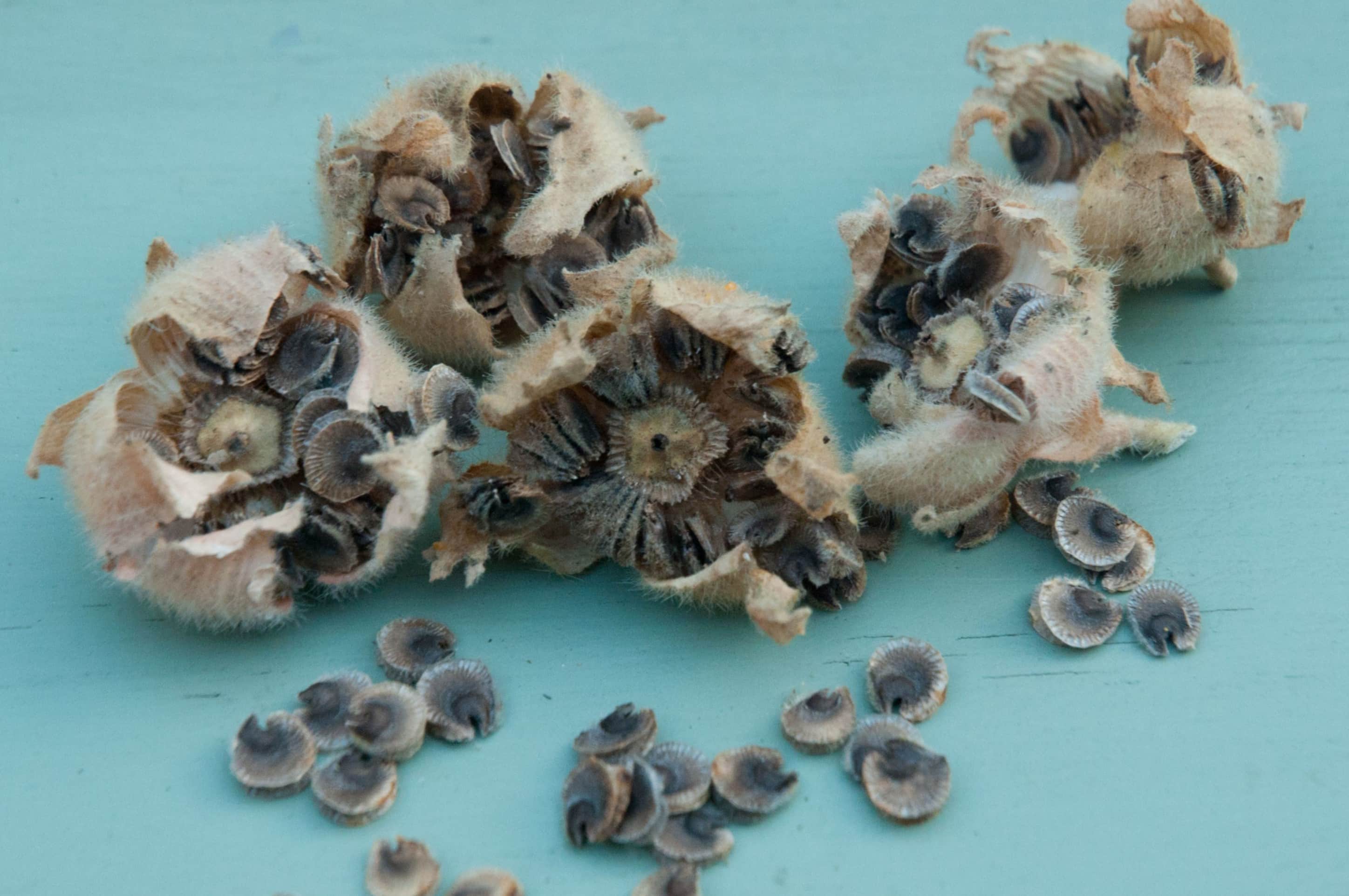
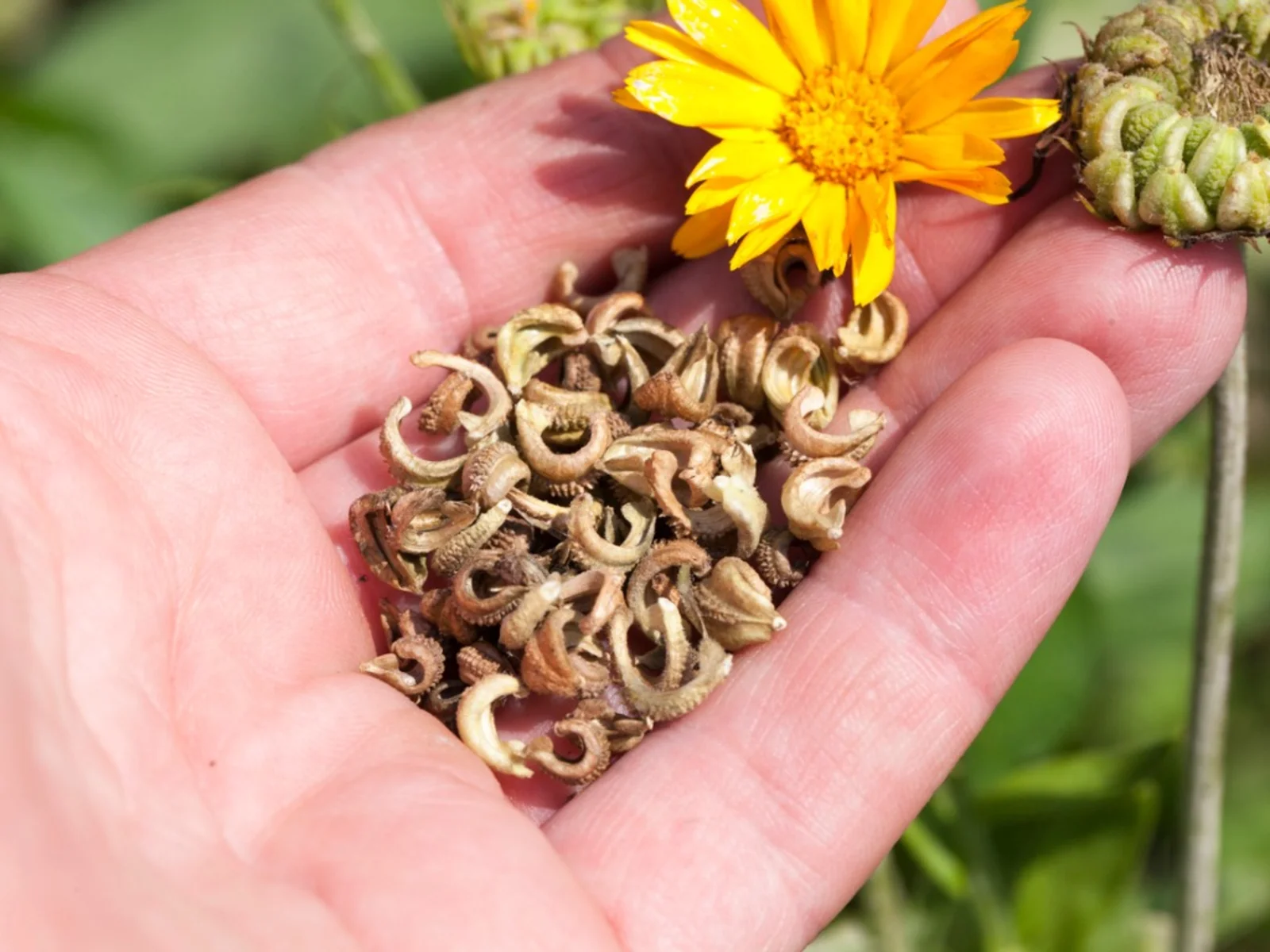
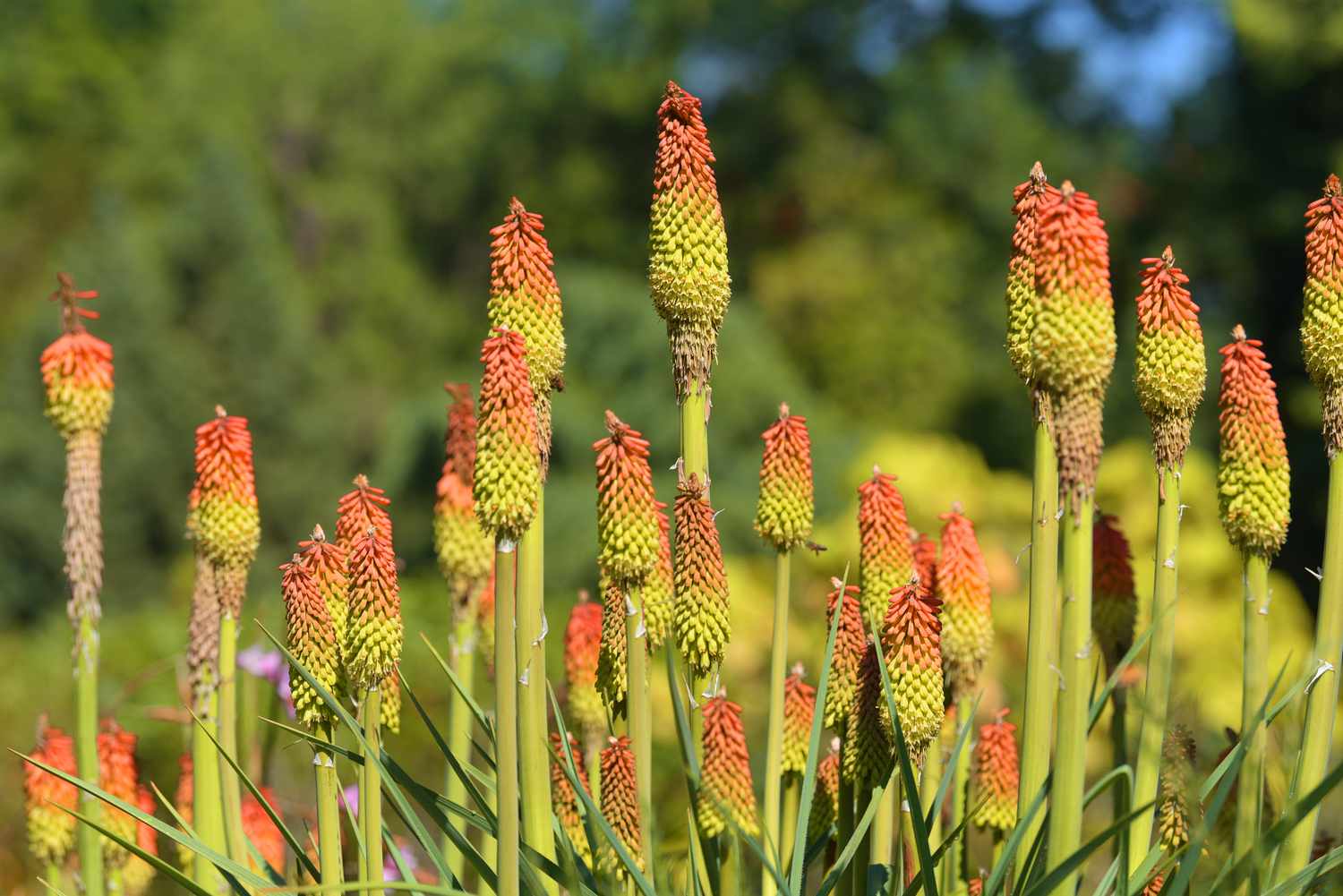

0 thoughts on “When To Plant Orange Seeds”